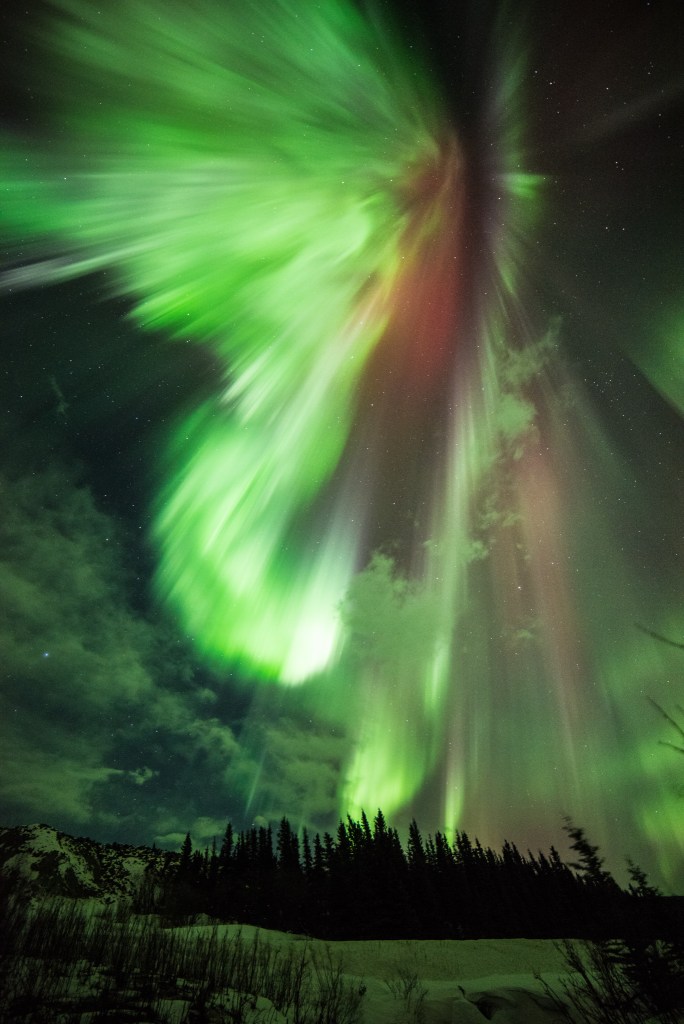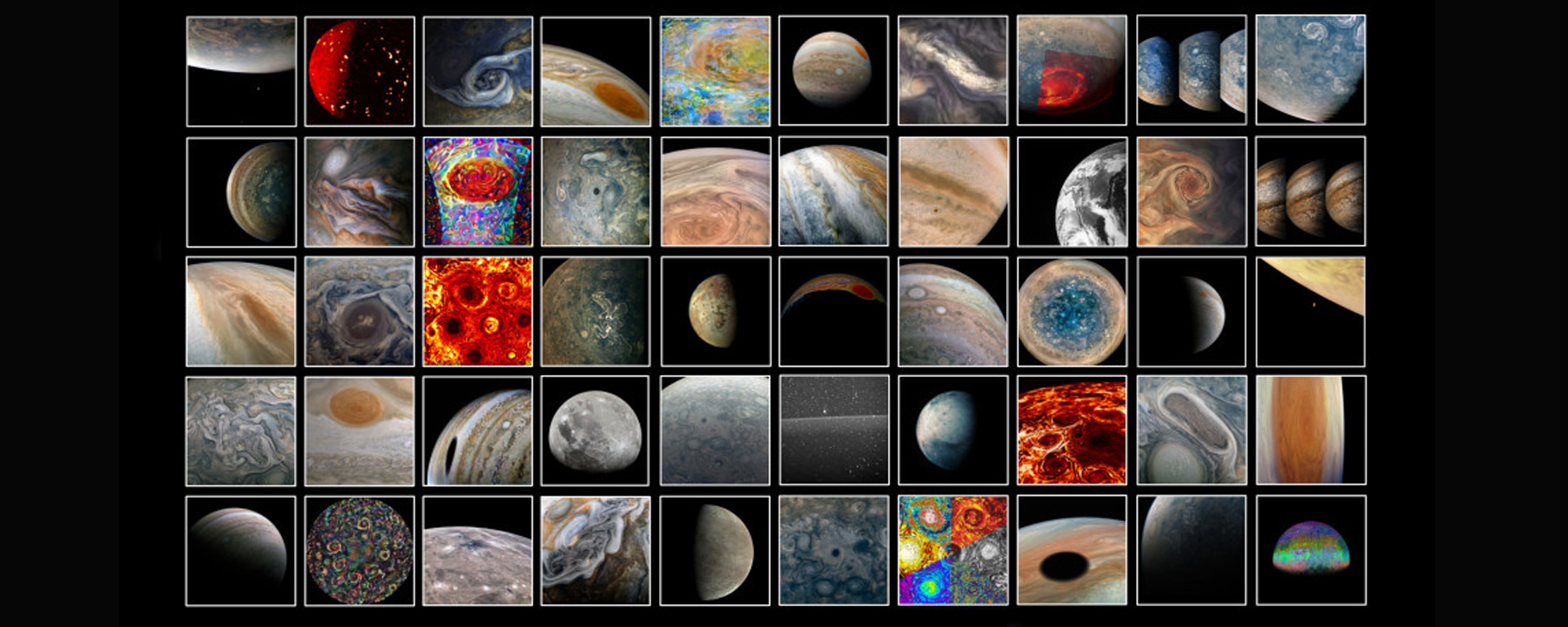Week of April 10 – April 14, 2023
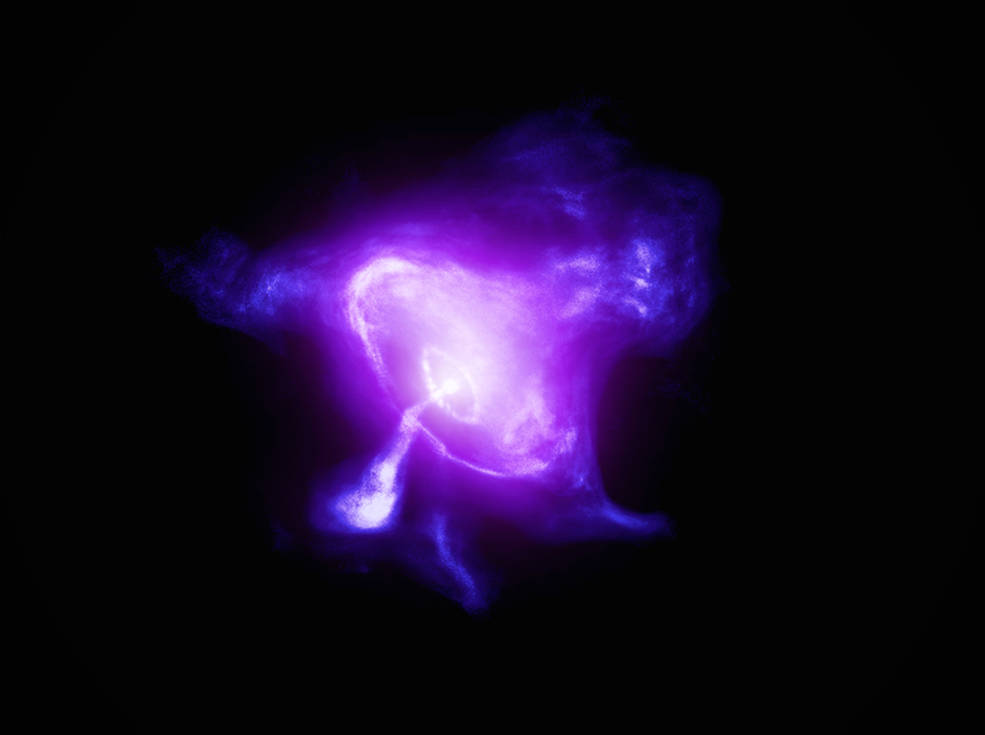
Historic Nebula Seen Like Never Before With NASA’s IXPE
On Feb. 22, 1971, a sounding rocket lifted off from Wallops Island, Virginia, with specialized sensors aimed at the Crab Nebula, a bright cosmic object 6,500 light-years away. Decades later, astronomer Martin Weisskopf proposed the development of an Earth-orbiting satellite with powerful instruments that could gather much more detailed measurements of the same kind about the Crab Nebula and other mysterious cosmic objects. That satellite became NASA’s Imaging X-ray Polarimetry Explorer (IXPE), which launched on December 9, 2021.
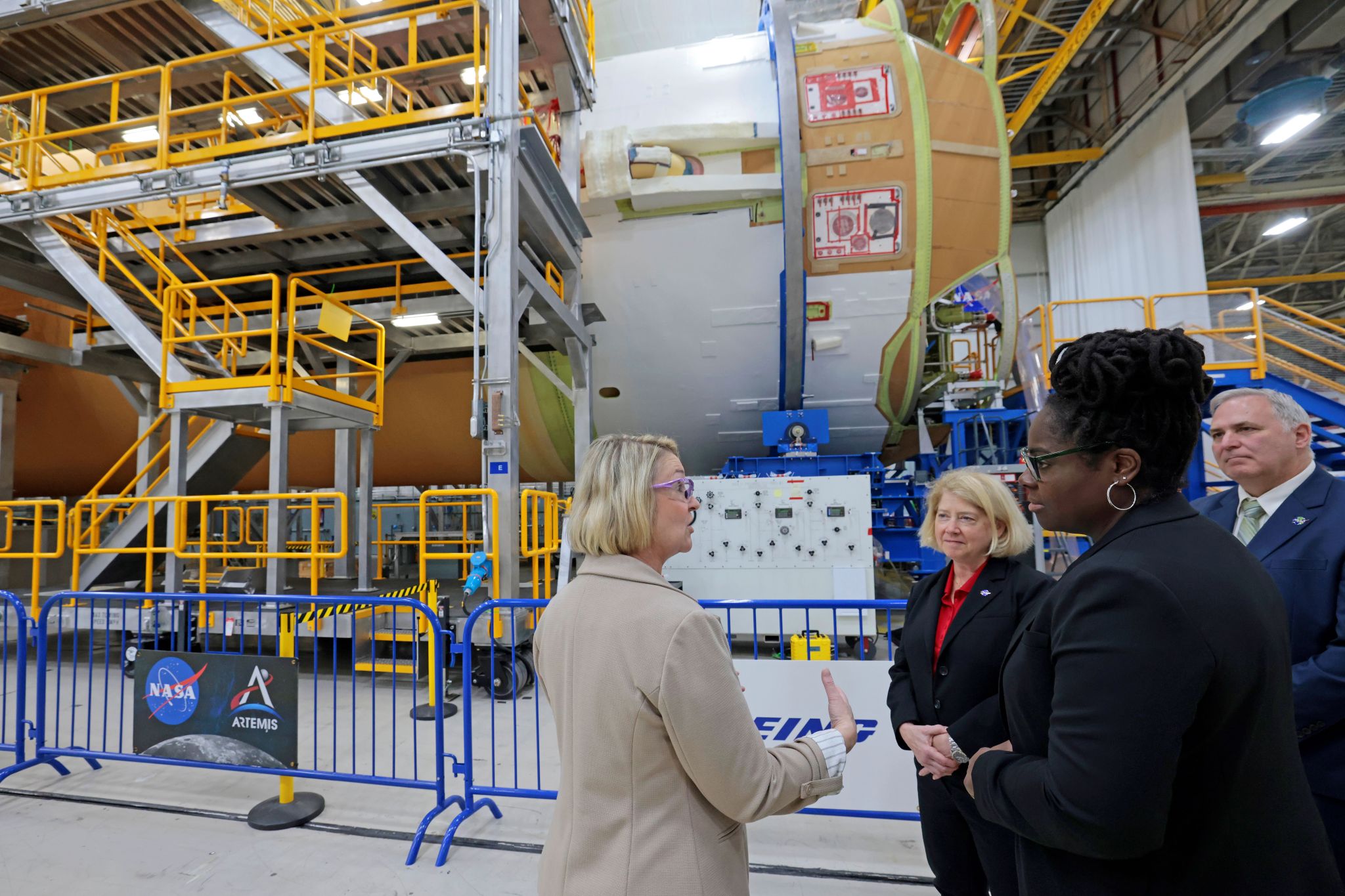
NASA is working to land the first woman and first person of color on the Moon under Artemis. SLS is part of NASA’s backbone for deep space exploration, along with Orion and the Gateway in orbit around the Moon. SLS is the only rocket that can send Orion, astronauts, and supplies to the Moon in a single mission.
NASA Deputy Administrator Melroy Views Artemis II Core Stage at Michoud
NASA Deputy Administrator Pam Melroy visited the agency’s Michoud Assembly Facility in New Orleans on March 31. She viewed the 212-foot-tall Space Launch System (SLS) core stage, which along with four RS-25 engines will help power NASA’s Artemis II, the first crewed Artemis mission.
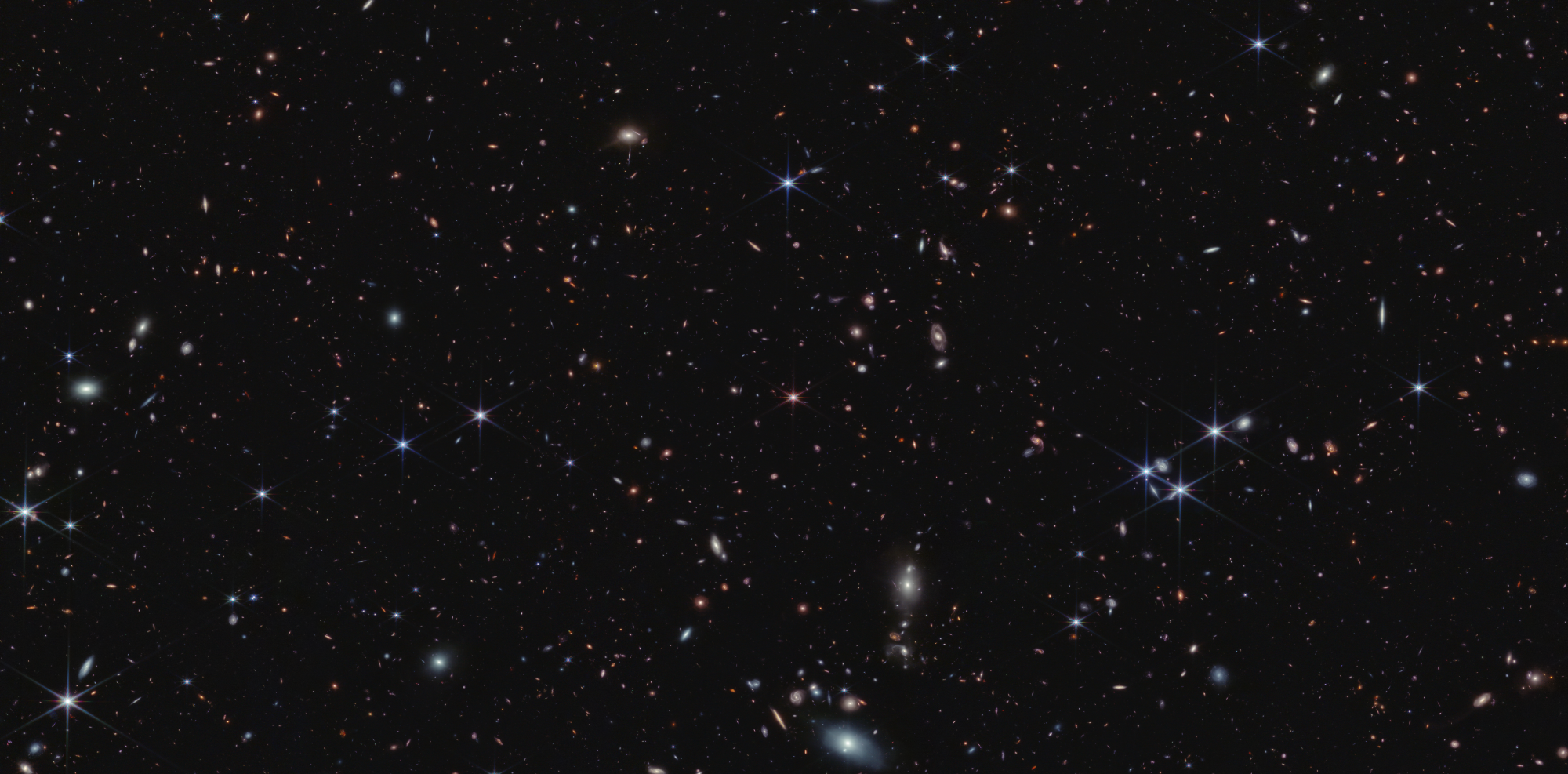
Webb Shows Areas of New Star Formation and Galactic Evolution
On Oct. 11, 2022, NASA’s James Webb Space Telescope spent over 20 hours observing the long-studied Hubble Ultra Deep Field for the first time. Learn more from the team learn involved with the first observation of the field through Webb’s eyes.
NASA Boosts Open Science through Innovative Training
NASA is awarding a total of $6.5 million to U.S. institutions for education and training in open science. The promise of open science is that NASA research and data should be more collaborative, accessible, inclusive, and transparent for everyone from the scientist and student to the city manager and citizen.
NASA’s Juno Mission Marks 50 Orbits Around Jupiter
On April 8, 2023, NASA’s Juno mission completed its 50th close pass by Jupiter since the spacecraft arrived at the giant planet in 2016. In celebration of 50 orbits, a new graphic contains 50 images that provide just a small sampling of the data Juno has returned so far, including images from several different instruments, and spectacular views of Earth, Jupiter, and Jupiter’s large moons Ganymede, Europa, and Io.
For more information or to learn about other happenings at NASA’s Marshall Space Flight Center, visit NASA Marshall. For past issues of the ICYMI newsletter, click here.



















